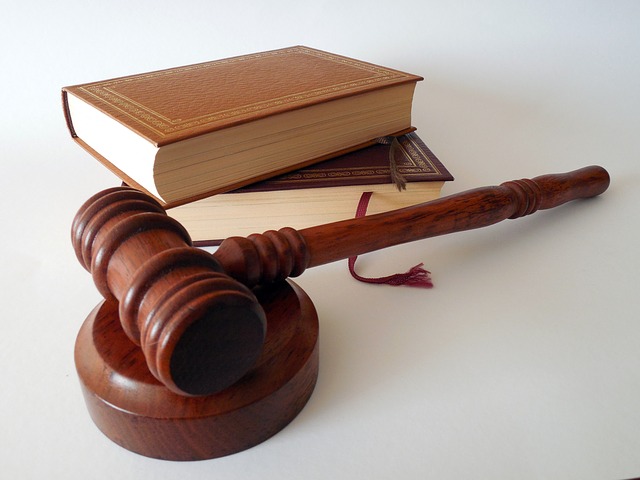The automatic stay is a legal mechanism in bankruptcy that provides a temporary halt to most collection actions and other legal proceedings against the debtor. When a bankruptcy case is filed, the automatic stay immediately takes effect and serves as a barrier against creditors seeking to collect debts from the debtor.
The automatic stay provides the debtor with some breathing room and time to reorganize their finances, if they’re filing for Utah Chapter 13 bankruptcy, or liquidate their assets, if they’re filing for Utah Chapter 7 bankruptcy.
The automatic stay prohibits most creditors from taking any further action to collect a debt, including:
- Foreclosing on a home
- Repossessing property
- Garnishing wages
- Filing a lawsuit
- Contacting the debtor directly
- Continuing with an eviction
- Demanding payment on a debt
The automatic stay lasts throughout the duration of the Utah bankruptcy case, which can take several months to several years, depending on the type of bankruptcy being filed and the complexity of the case. In some circumstances, a creditor may request that the automatic stay be lifted if they need to take action to protect their interest in the property, for example if the property is in danger of being lost or damaged. In these cases, the court will make a determination as to whether the stay should be lifted.
It’s important to note that the automatic stay is not a permanent solution, and it does not discharge the debt. The bankruptcy case will either result in a discharge of the debt or a reorganization plan that provides for payment of some or all of the debt over time.
The type of Utah bankruptcy that is right for an individual will depend on their financial situation, including their income, assets, and type of debt. An experienced Utah bankruptcy attorney can help individuals determine the best course of action for their specific circumstances.
